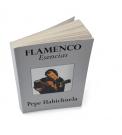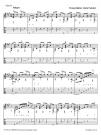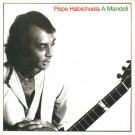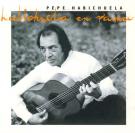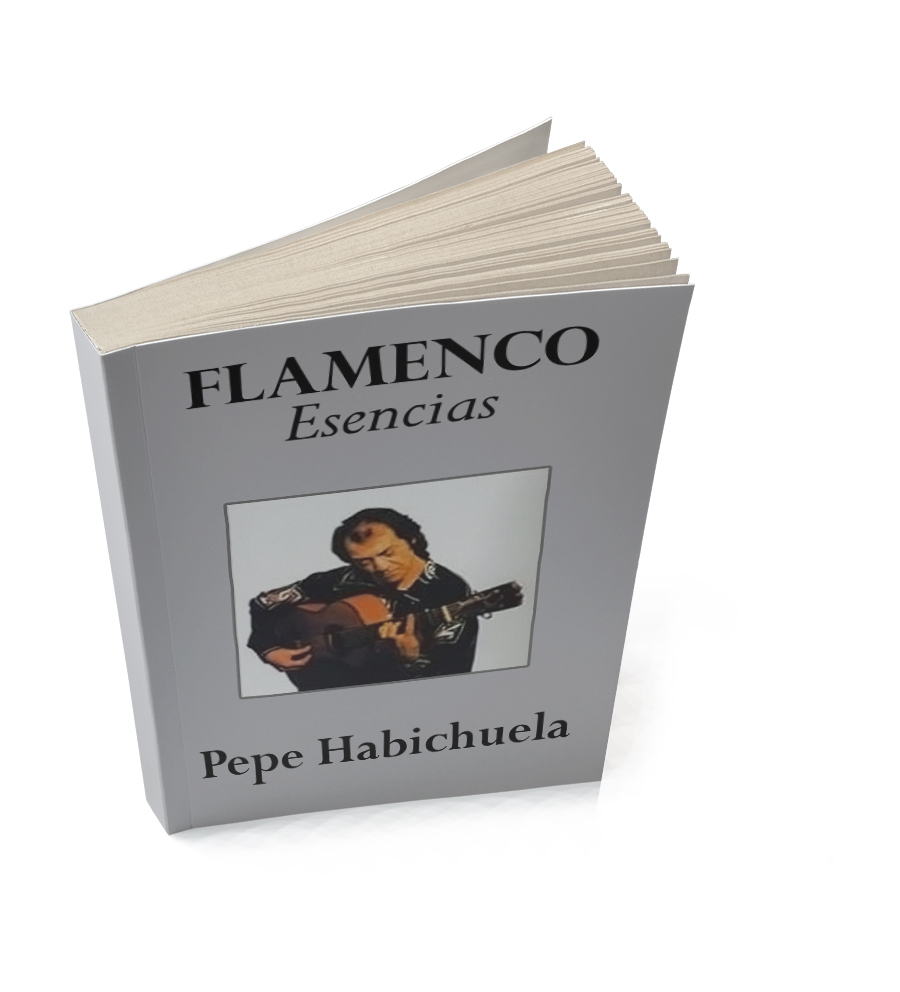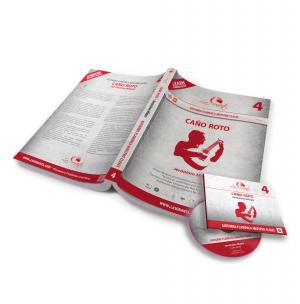Pepe Habichuela never ceases to amaze us with his inventiveness and the particular style that is found in all his compositions.
Recordando esencias is a tribute to Sabicas from whom we find several quotations. The comparison illustrates the path taken since the 1960s and notably the considerable evolution in the art of treating the compás.
Amanecer reveals the large diversity of possible approaches to a palo This siguiriya is not treated in a meditative mode nor readily rubato which is a common occurrence in the instrumental version. Pepe Habichuela stamps his mark by choosing not to suggest the cante but rather the dance by the presence of percussions substituting for taconeo in a sustained rhythm from the beginning to final rasgueado.
Mi tierra transports us to the composers birthplace. This is an unexpected granaina turning away from conventional forms, ignoring all the cliches or technical solutions associated with this from. Here there are no tremolos or scales, neither ostentation or virtuosity, but this work - where daydreams are mixed with nostalgia - emanates such an intensity, such an evocative force that we can place it with the renowned works of this genre.
Canta la Guitarra, through the rondeña's sumptuous echoes brings us an intimate aspect of flamenco inspiration: here the soul and sensibility of the tocaor are revealed. In this composition Pepe Habichuela shows a real talent for melody as indispensable as the duende to give a free and jondo style.
Boabdil, the last moorish king of Granada inspired the title of this bulería. The laúd of Juan Carmona "Camborio" underlines the eastern reminiscence as to reunite the passage of time.
A Mandeli, a typical rumba, succeeds in evoking both the Caribbean and the Orient by juxtaposing the major key, that of the colombiana, its twin style, and dissonances produced by open chords.

